While many are trying to get to Urban Air Mobility by enlarging drone designs, Airbus gets there by “downsizing” helicopters! But it’s not that simple.
Airbus make helicopters, and urban air mobility is very much in their radar. But they are trying something different than most. There are a lot of initiatives out there, looking to introduce cheap-to-run flying machines, for use in cities. They all involve an innovative flying machine. They also have electric propulsion and (usually) energy storage in batteries.
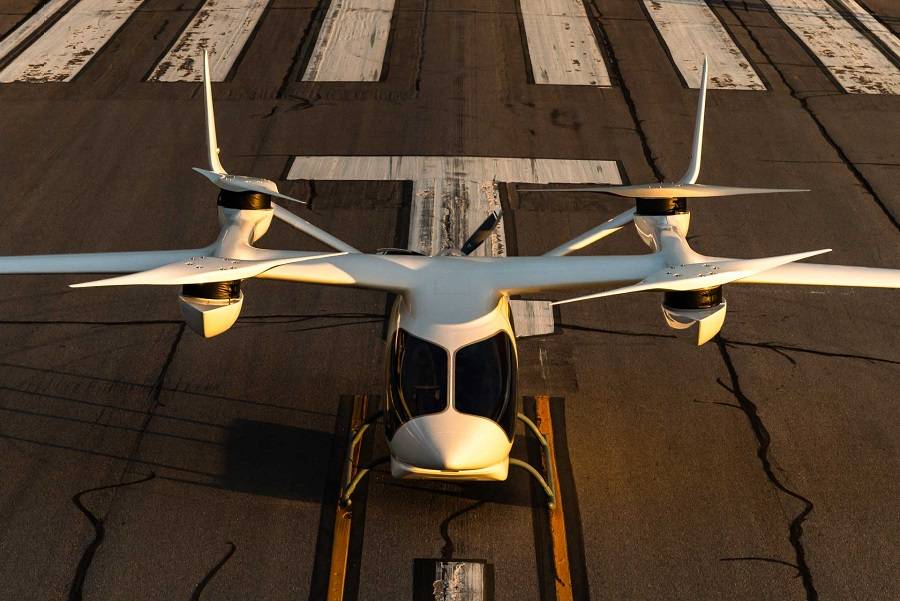
We have discussed the challenges in these technologies before, even with fixed-wing, battery-electric aircraft. A lot of urban air mobility concepts have to tackle the same challenges, PLUS design a new flying concept! Airbus approaches urban air mobility differently, by building on its helicopter experience.
Airbus Helicopters’ previous name was Eurocopter, starting operations in 1992. Even this isn’t quite the start of this company/division, as it came from a merger of Aérospatiale (France) and DASA (Germany). Aérospatiale traces back all the way to Sud Aviation, designers of the Alouette helicopters back in the 1950s!
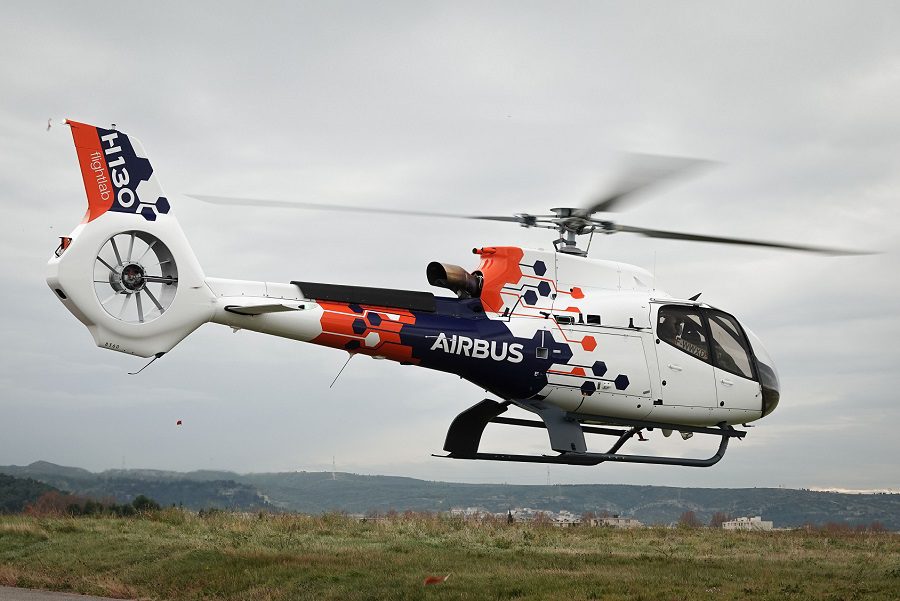
Airbus Helicopters and Urban Air Mobility
So how does all this connect to urban air mobility and/or drones? Well, some assume that urban air mobility vehicles will be simpler flying machines than helicopters by Airbus, Boeing and others. That’s up for a lot of debate. If they are battery-electric, these machines should be cheaper to run. But this doesn’t mean they will be cheaper to buy, or simpler to make. So Airbus’ way of approaching urban air mobility with helicopters as a starting point, makes quite a bit of sense.
At the moment, the manufacturer showcases two separate helicopter programs, both of which have urban air mobility applications. The one with the most direct links to the concept is Vertex. This uses the Airbus helicopter Flightlab, to test autonomous features that relate directly to urban air mobility.
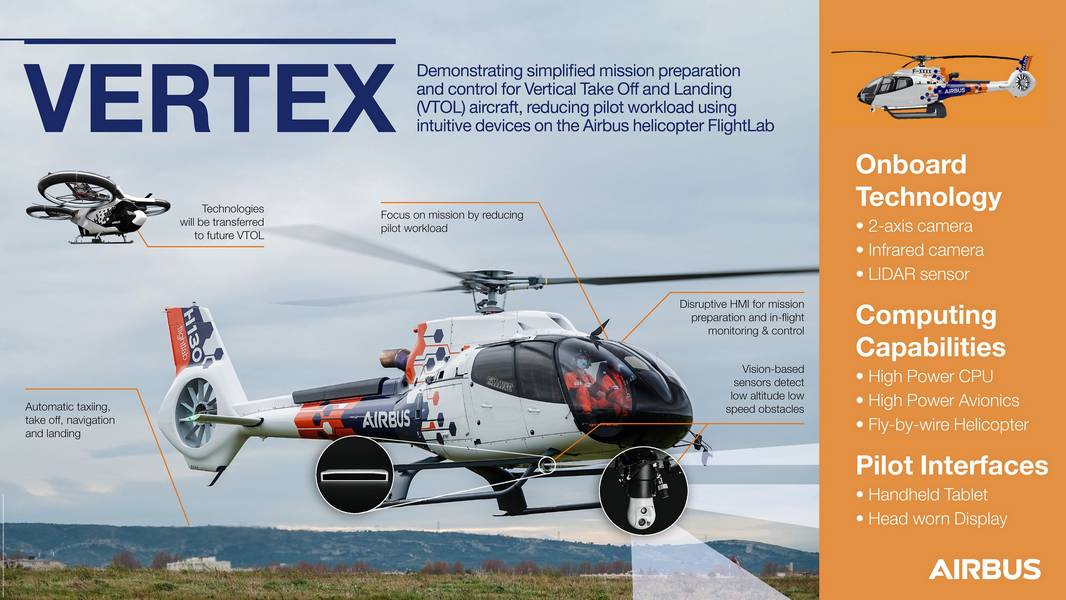
As we have seen previously, Airbus’ Flightlab is a department that uses multiple aircraft in the company’s fleet, for research and development. For its foray into automation for urban air mobility, Airbus is using the H130 helicopter, as its Flightlab. This design was originally the Eurocopter EC130, a single-engine utility helicopter.
In this application, the Airbus helicopter Flightlab has “vision based sensors and algorithms for situational awareness and obstacle detection”. In plain English, this means ‘cameras’. But these are not the usual cameras that you may see mounted on pods in helicopters. Small drones have used pairs of small cameras in multiple locations, to give the device the ability to detect obstacles, and measure its distance from them.
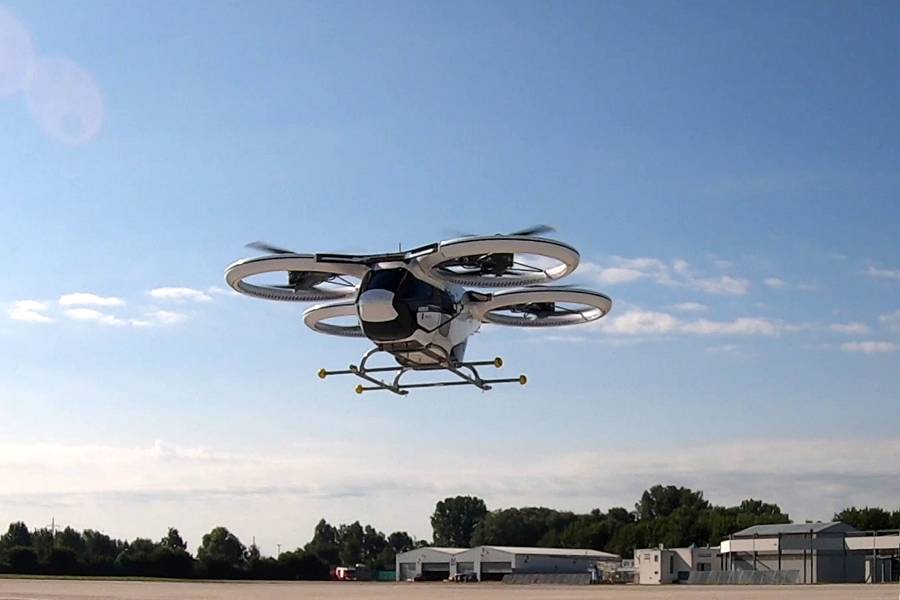
Borrowing Drone Technology?
These sensors and software on the Airbus test helicopter are very relevant to urban air mobility. The same goes for the rest of the design’s features, that include fly-by-wire with an enhanced autopilot. It also employs different pilot controls, touchscreens and a “head worn display for inflight monitoring and control”. In its final form, the systems should handle navigation, route preparation and the ability to follow a predefined path. The helicopter should also handle automatic take-offs and landings.
Discussing the applications of these technologies in helicopters and urban air mobility, Airbus Chief Technology Officer Grazia Vittadini, said:
“We are excited by the potential that the Vertex demonstrator project has to offer. By using our platform-agnostic flying laboratory to mature these technologies, we have an agile and efficient test bed that will support the development of future autonomous systems that could later equip Airbus’ current helicopter range and (e)VTOL platforms.”
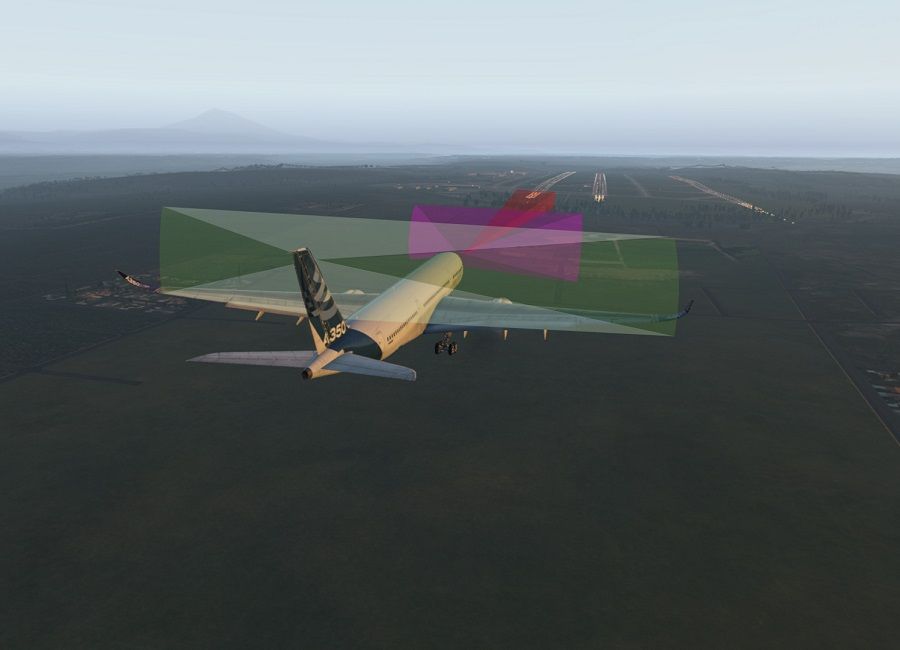
This project is also part of Airbus UpNext. This has already given us projects like the Airbus ATTOL, a related project to urban air mobility and even helicopters. In the ATTOL project, an A350 Flightlab managed to perform autonomous landings and takeoffs, by using cameras, lasers and other sensors. The idea there was to enable aircraft to perform landings with ILS accuracy, but without airport infrastructure.
Airbus Solving Urban Air Mobility For Speed!
Another aspect of urban air mobility is speed, and the manufacturer has another helicopter concept, focusing in this direction. This is the Racer programme. We have seen that some eVTOL programmes combine a fixed-wing design with lift rotors, in order to achieve high cruise speeds. This is a limitation for helicopters, that typically can’t fly much faster than 260km/h (162 mph). The Airbus Racer has set its target at over 400km/h (249 mph).
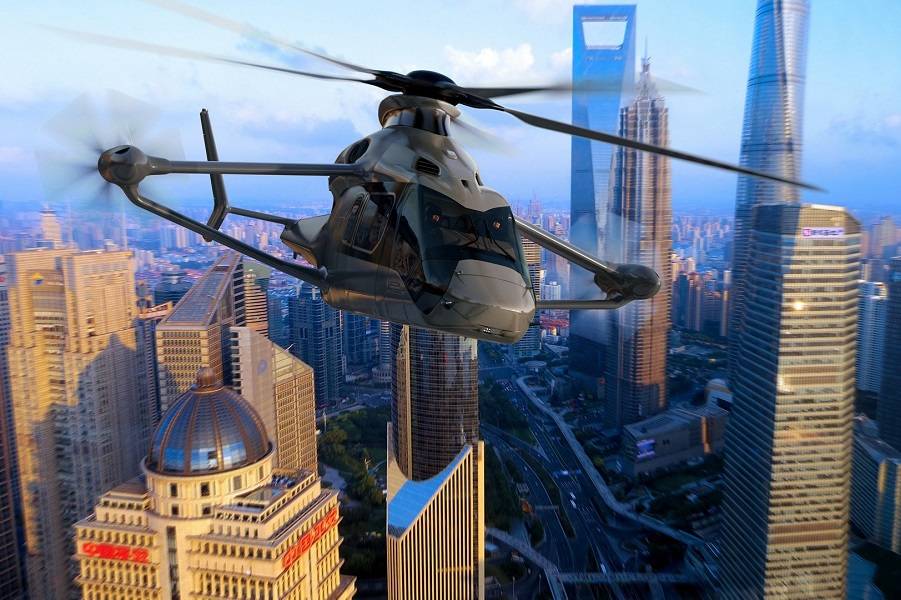
This design replaces the rear rotor with two, forward-facing, side-mounted rotors. American helicopter designers are also looking at this design. Airbus’ version is a bit different, in that it incorporates a hybrid-electric system. This will allow the helicopter to cruise on only one turbine engine, saving a lot of fuel.
This is a much larger prototype than Vertex, primarily targeting future helicopter applications. But the helicopter’s technologies in propulsion and lightweight materials still make it relevant to Airbus’ urban air mobility programme.
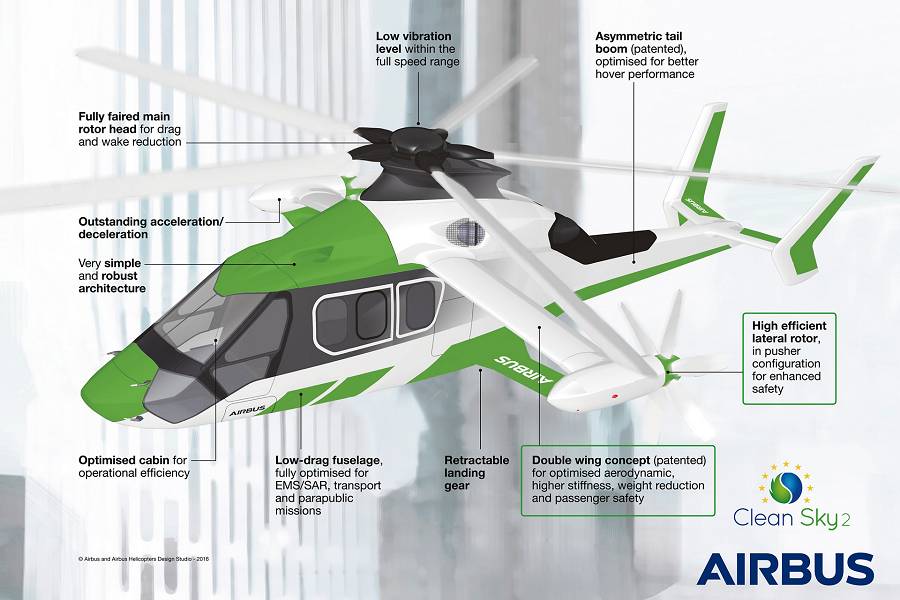
These Airbus programmes are very different from the projects we usually see, in urban air mobility. Airbus seems to be separating control and propulsion in different programmes. And given their resources, this makes sense. But will practical applications come quicker this way?



